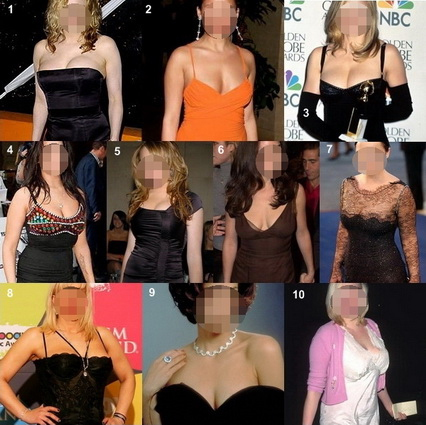In the Girl and Boy Scouts, merit badges represent the acquisition of skills and knowledge. Artist Mary Yaeger tries to draw attention to the skills and knowledge that girls and women in America aquire, whether they be scouts or not, with her own set of embroidered merit badges. They feature things like tolerating menstrual cramps, shaving armpits, taking the birth control pill, suffering through gyn exams, using mascara and lipstick, learning how to walk in high heels, wearing sexy underwear, and more.
The project nicely reminds us that women have to work hard to appear properly feminine, as well as the unique things we experience as women.
Via Jezebel.
Lisa Wade, PhD is an Associate Professor at Tulane University. She is the author of American Hookup, a book about college sexual culture; a textbook about gender; and a forthcoming introductory text: Terrible Magnificent Sociology. You can follow her on Twitter and Instagram.













